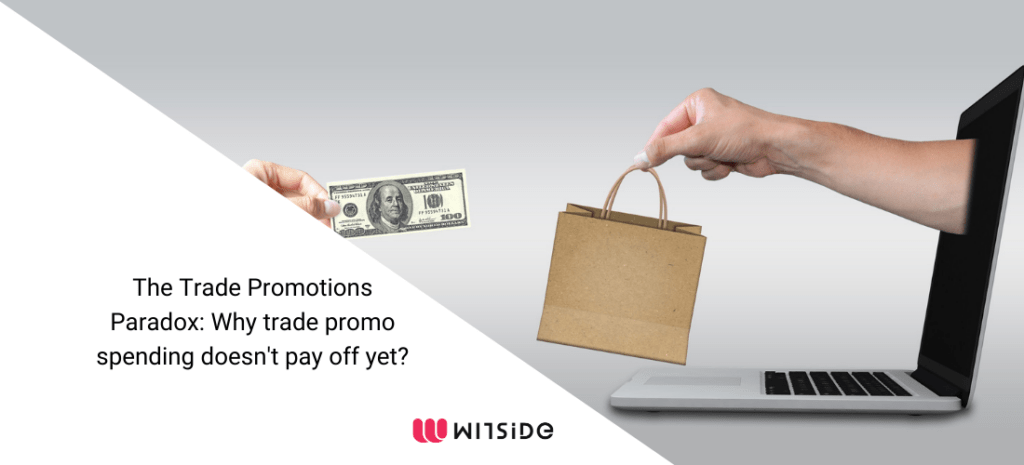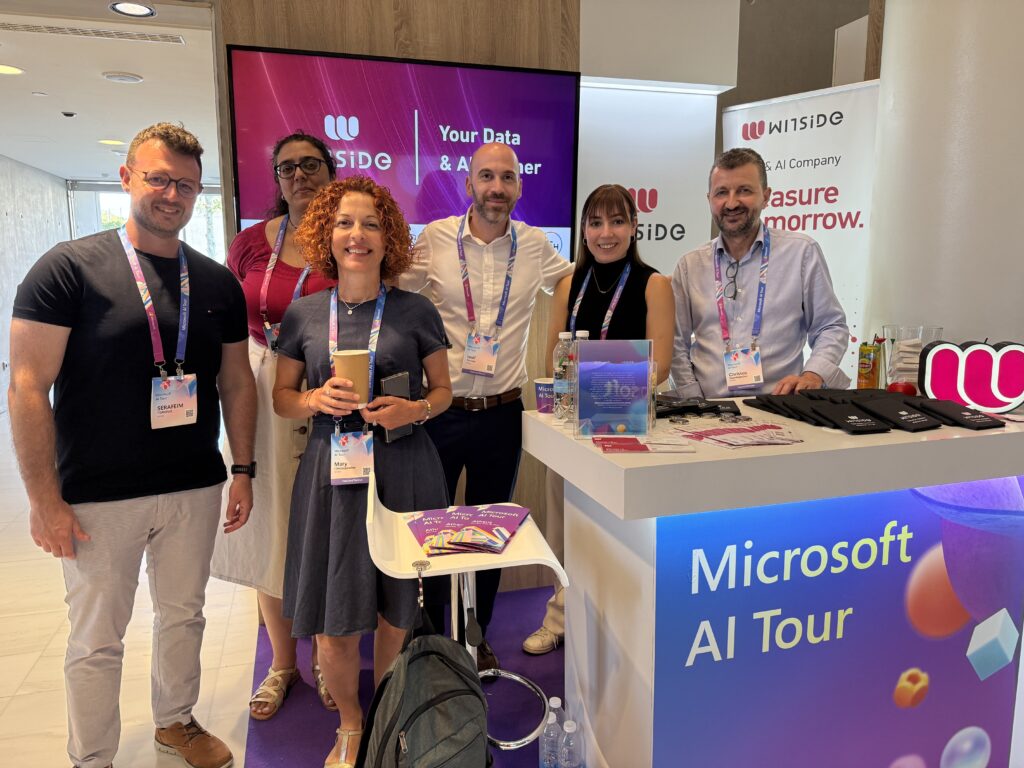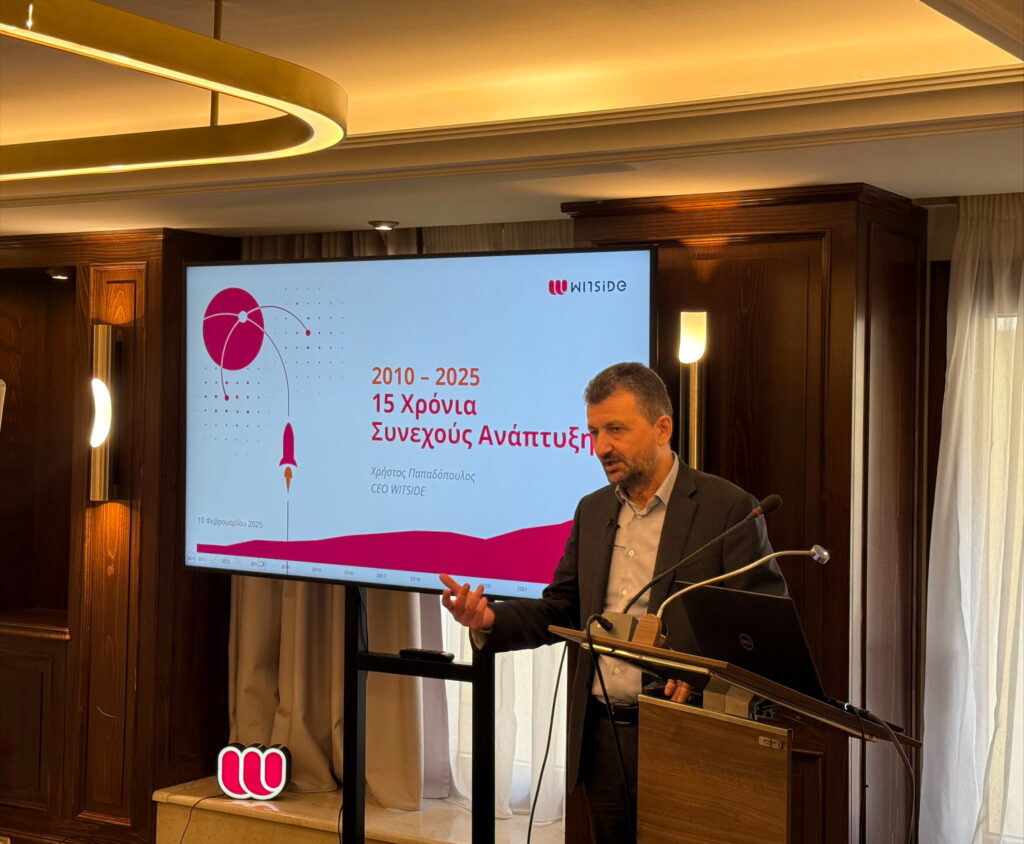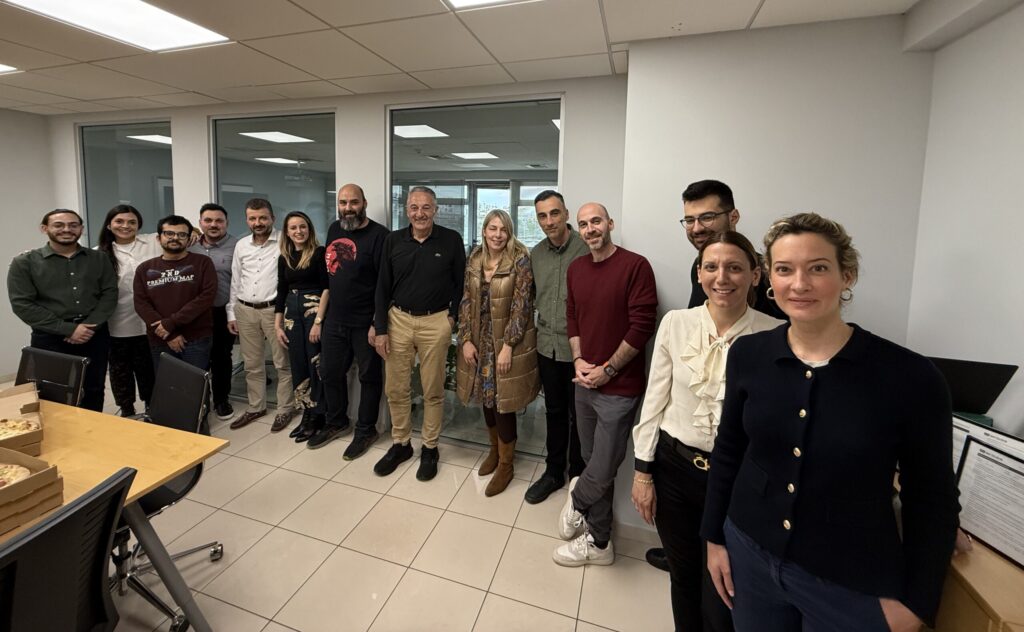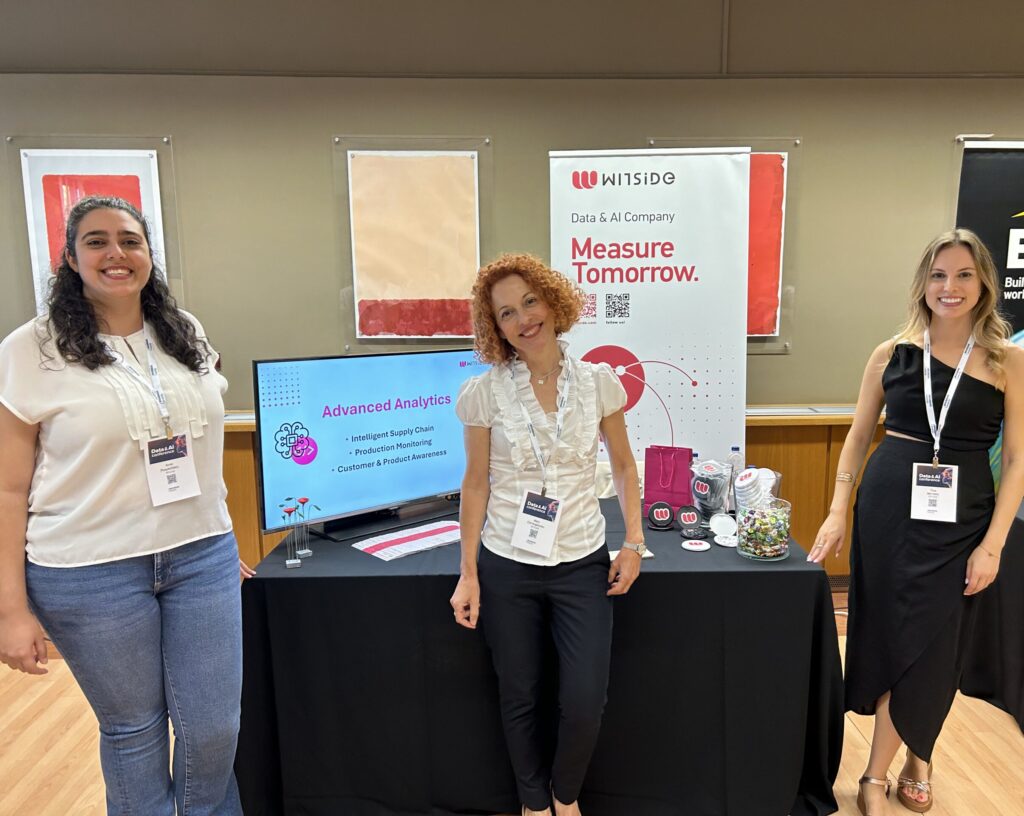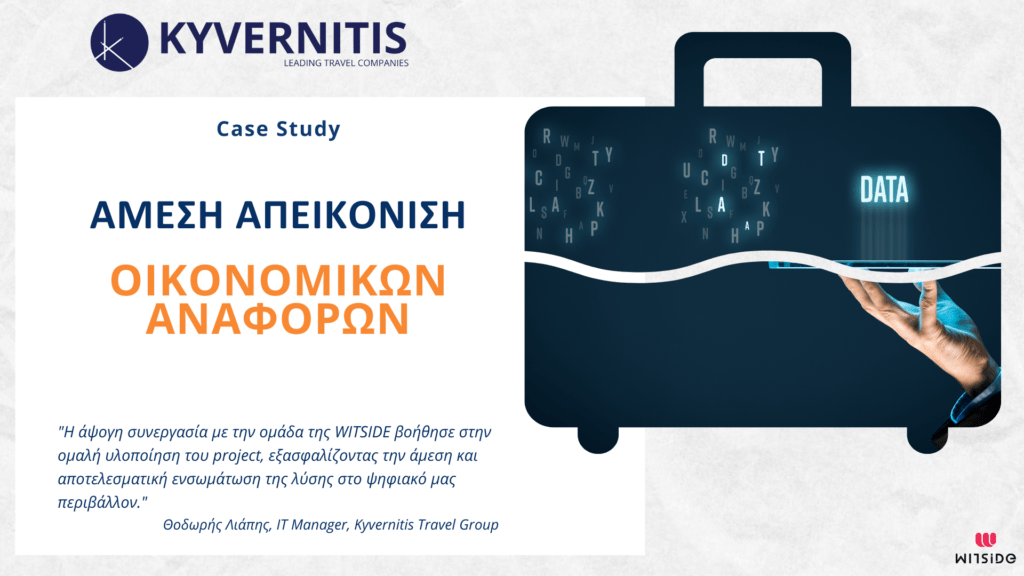According to the Promotion Optimization Institute, consumer packaged goods (CPG) companies spend today 11%-27% of their annual revenues on trade promotions, representing the second-largest cost item in the P&L. However, many brands struggle to execute and measure their trade promotion strategies: 40% of CPG trade promotion spending doesnât drive the desired results (Nielsen) and 55% of all trade promotion fail to develop brand recognition in any meaningful way (Repsly). What are the reasons behind this paradox? Why do CPG companies not harmonize their sales data or collect competition data? What is the reason why they are not tracking promotional costs and make assumptions in their calculations jeopardizing their P&L?
Trade Promotion Optimization (TPO) is the process of utilizing integrated goals, factoring in promotion (e.g., price, duration) and supply constraints and predictive analytics to create continuously improving trade promotion strategies and results (according to the Promotion Optimization Institute). At WITSIDE we tackle this challenge in a 2-phased approach, consisting of 6 steps in total, as shown below:

